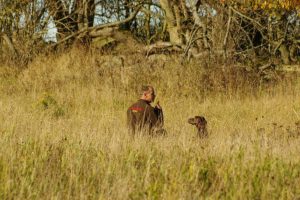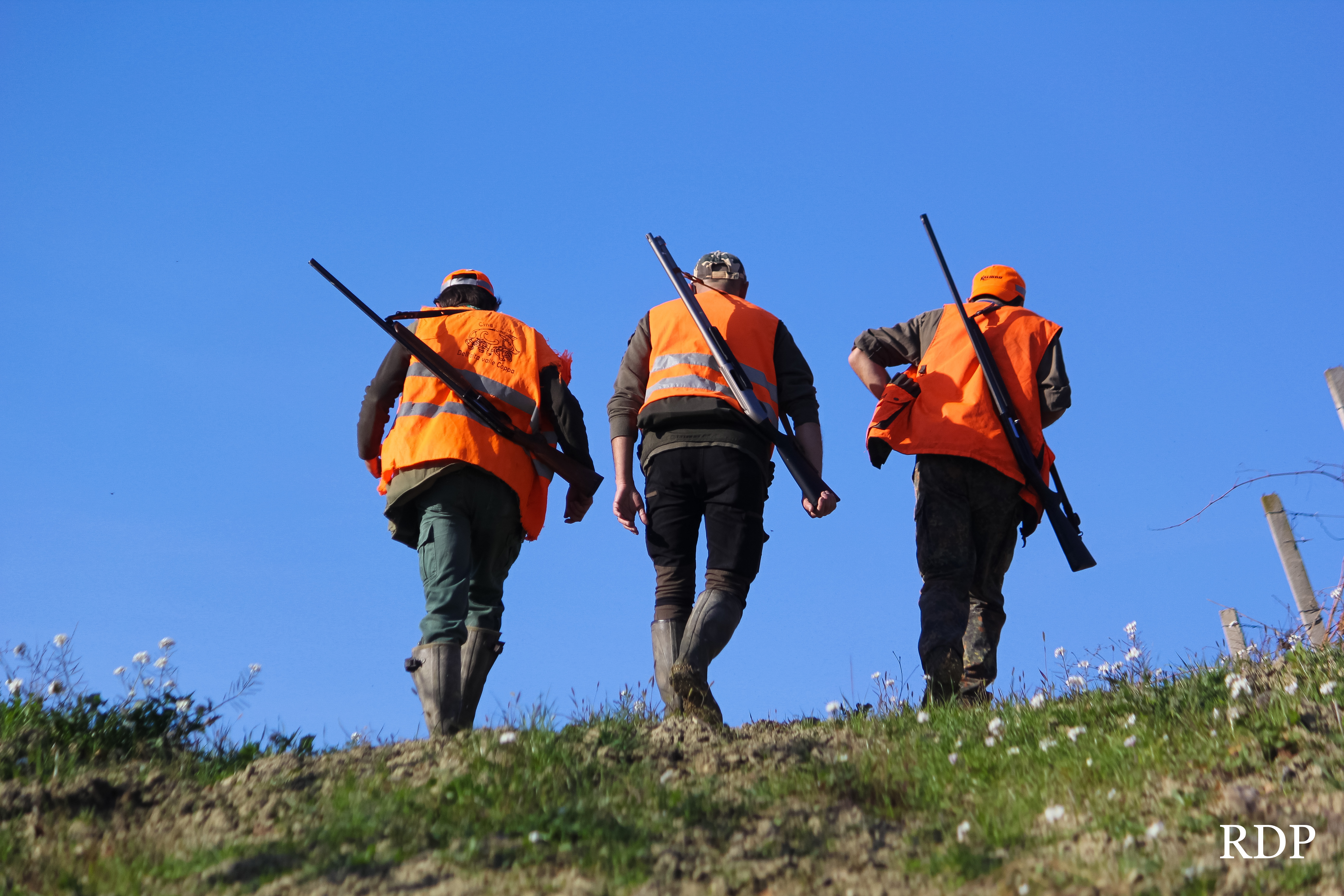
We are Losing Legendary Methods 2 – by T. Mostert
Tok Mostert, a Professional Hunter from South Africa, now living in Sweden, is sharing his writings on dog training with us. You can start reading them from Part 1 here.
Part 2: We are losing legendary methods (Tracking)
By the time Flake was 8 months old, I could do a left or right retrieve on command, I could stop her on the way out to one retrieve and switch her to the other, Jeppe Stridh made extra effort with us, I figure it paid off. It was time to get her to track blood so we could work our way to getting her qualified as a Swedish Blood Tracking Champion. Time to call on another Legend in the HPR world, Arne Johansson. Arne flies under the radar, no Facebook, no Internet and he seldom carries a cell phone. What he lacks in visibility, he makes up for in pure experience and technique.
A few things Arne drilled into me:
- Never set the dog up to fail when they are starting out.
- Never use too much blood with any dog, especially young dogs.
- Let the dog do the work, keep your mouth shut and your eyes open.
- Read the dog.
- Don’t let the dog work fast, slow is fast when it comes to tracking.
- Let the dog figure it out for himself.
- When the dog succeeds, drown it with praise, even if it was frustrating with mistakes made.
- The dog can only do what you expect him to do if he understands what you want.
- Heat is the enemy.
- Do not over train on blood!
Most important, trust the dog, once you are on the track you are simply holding a long line, the dog is the one working.
Flake became a blood tracking champion eventually. I was not expecting much on that day, it was hot and she was not 100%, I was sweating, she was panting, heat and stress, I guess. She never quitted, I could read her every moves and hesitations, I could see when she was on the track and when she lost it, I gave her lead and time to find it again. I was pretty sure we were going to run out of time or just not make the cut, but it did not worry me, no matter what score we would get that day, I would have been happy. Simply because I knew she gave her best and that her and I worked as a team and we understood each other.

The same basics apply for rabbit drags, it is essential that the dog understands the difference between blood and drags. Get clear separate commands for each of these disciplines! Always start a drag by sitting the dog down and walking over to the drag start, the dog should watch you, kneel down, point at the drag start or scratch around in the dirt or leaves around the edge of the start, get the dog to focus on the spot. Go back pick up the long lead and once at the start, point it to the dog, bend down if you have to and give the dog the command to track. Congratulations you are now a spectator on a lead, keep your mouth shut and focus on the dog!
While training do not let the dog off the lead every time! Once every 5th or 6th time is enough! Only do this if you are 100% certain the dog is working the drag and not the wind, bird dogs love to work the wind, here it is wrong. Once again slow is fast here. There is no time that passes slower than when during a test you slip the lead after 5 meters and you stand and wait for the dog to return with or without game in their mouths. Part 2 will continue with water retrieves and how I trained the Flake to take a dummy, bird and rabbit in the mouth.
Arne has devoted much of his life to helping others train their dogs and still tests dogs especially for blood tracking, he has seen and done it all a thousand times. Not only does he test and help train for drags and water retrieves he also makes his water and forest available for us who don’t have testing grounds. Arne has trained double champion dogs and I still pick his brain every time we train with him. The bucket loads of knowledge and experience is what makes Arne a Legend. I am blessed to call him a friend. Find a old school gentleman like Arne , time is short and life throws you a curve ball every now and then.





Un commento
Pingback: